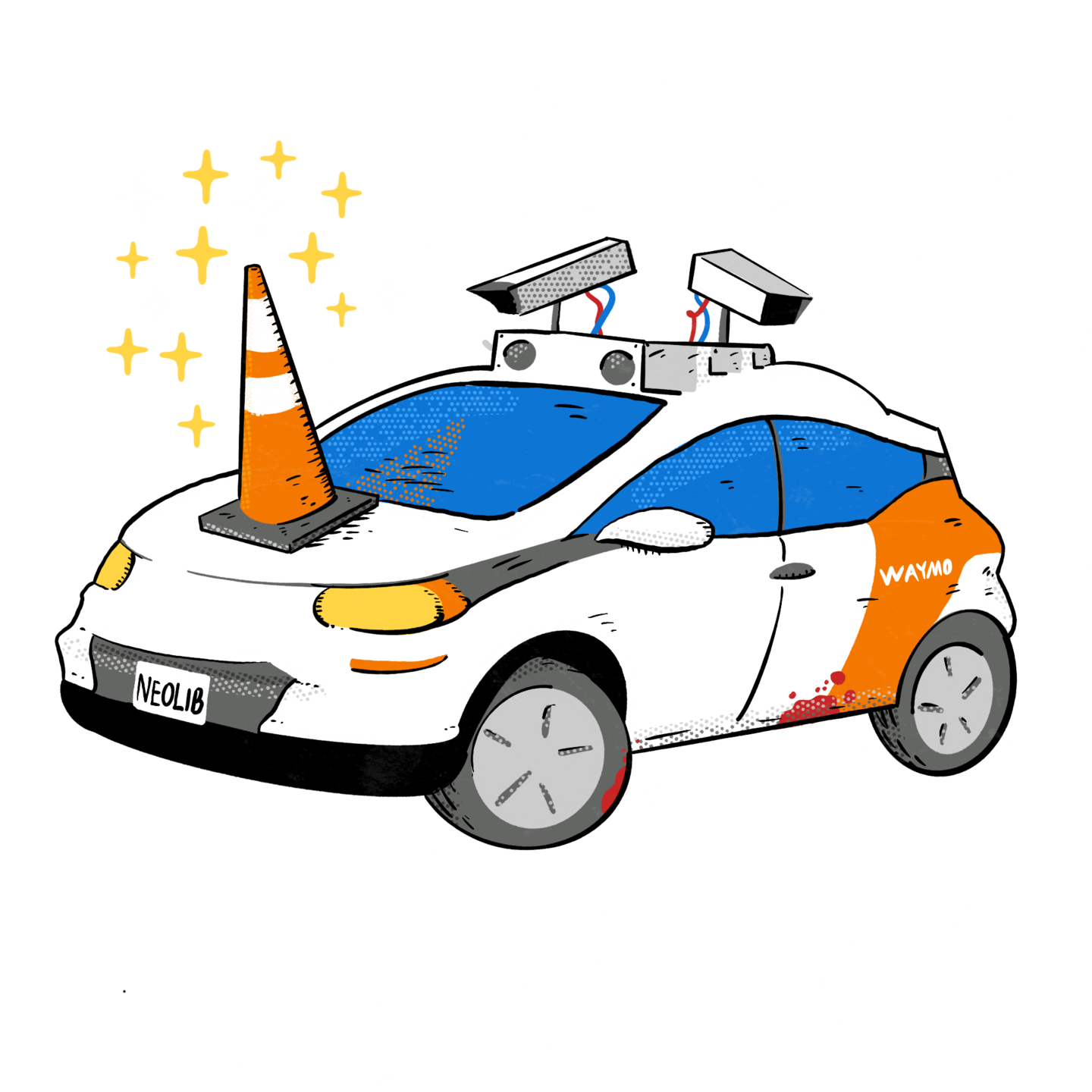
Business Insider – Why GM pulled the plug on Cruise after spending $10 billion on robotaxis
Editors note: while many focus on technology and safety issues, the biggest problem by far are the business issues. Robotaxis is simply a bad business financially. Business Insider (and NY Times) fortunately provides some key quotes on this issue:
“the considerable time and expense required to scale a robotaxi business in an increasingly competitive market”
CEO Mary Barra cited on a call with analysts
“You have to understand the cost of running a robotaxi fleet, which is not our core business and is very expensive,”
CEO Mary Barra said during a conference call with Wall Street analysts, according to NY Times
“I think it’s a recognition of how challenging it is and how hard it is to make money in the robotaxi business. Even if you can solve the technical problems, it’s a tough place to be.”
John McDermid, professor of software engineering at the University of York in the UK
“Cruise was well on its way to a robotaxi business — but when you look at the fact you’re deploying a fleet, there’s a whole operations piece of doing that,”
GM CEO Mary Barra said on a conference call, according to CNBC
See original article by Tom Carter at Business Insider
- General Motors just pulled the plug on Cruise’s robotaxi dreams.
- The self-driving venture has been in doubt since a pedestrian was seriously injured last year.
- GM’s decision shows that time and money may not be enough when it comes to robotaxis.
General Motors’ decision to pull the plug on Cruise shows that building a robotaxi business is hard, really expensive — and fraught with risk.
The automaker invested more than $10 billion in Cruise since taking control of the self-driving startup in 2016.
Along with Google-backed rival Waymo, Cruise moved quickly to get its fleet of driverless Chevrolet Bolt robotaxis on the road.
Both companies got the green light from regulators to operate their robotaxis as a ride-hailing service in San Francisco in August 2023. Just months later Cruise was banned from operating in California after one of its driverless cars seriously injured a pedestrian.
The incident prompted Cruise to recall its entire fleet of robotaxis. An investigation by California’s justice department subsequently found Cruise had failed to disclose key details about the crash to regulators.
The company struggled to recover, while rival Waymo raced ahead. CEO Kyle Vogt resigned in November 2023, and Cruise laid off nearly a quarter of its staff a month later.
Cruise restarted testing its self-driving technology earlier this year, and even announced a partnership with Uber to offer robotaxi rides on the Uber app in August, but that wasn’t enough to stop GM from pulling the plug.
CEO Mary Barra cited “the considerable time and expense required to scale a robotaxi business in an increasingly competitive market” on a call with analysts.
John McDermid, professor of software engineering at the University of York in the UK, said: “I think it’s a recognition of how challenging it is and how hard it is to make money in the robotaxi business. Even if you can solve the technical problems, it’s a tough place to be.”
Saber Fallah, professor of safe AI and autonomy and director of the Connected Autonomous Vehicle Research Lab at the UK’s Surrey University, told Business Insider that Cruise had moved too quickly in deploying its driverless robotaxis at scale in San Francisco.
He said the AI technology underlying robotaxis such as Cruise’s and the regulatory processes for certifying driverless cars were not advanced enough to ensure they could handle the kind of complex scenarios often found in urban environments.
Rivals may have ‘better tech’
Analysts at Bank of America said in a Wednesday note: “We believe GM’s move also potentially implies that other companies (Tesla & Waymo) have better tech and/or that the market may not be appealing for later entrants. Waymo is already offering a robotaxi service across several US cities and Tesla plans to launch its service in 2025.”
Waymo has been by far the most successful, with the robotaxi startup now offering 150,000 paid rides a week and planning to expand into a host of cities next year.
Waymo has also faced regulatory scrutiny. It issued two recalls this year after incidents in which its robotaxis collided with a towed pickup truck and a telephone pole.
Amazon-backed Zoox, which has begun rolling out its toaster-shaped robotaxis in San Francisco and Las Vegas, is also facing regulatory investigations over two crashes involving its self-driving tech and whether its steering wheel-less robotaxis comply with federal safety rules.
Tesla’s Cybercab is on the horizon
Tesla, meanwhile, has perhaps the most ambitious plans of all. In October Elon Musk unveiled the “Cybercab,” an autonomous robotaxi with no steering wheel or pedals, in October.
Musk said the $30,000 vehicle would enter production in 2027, and that Tesla owners would be able to operate a fleet of Cybercabs as their own ride-hailing business.
Tesla also plans to have unsupervised fully-autonomous Model 3 and Y vehicles on the road in California and Texas next year.
Experts previously told BI Musk’s plan would face huge regulatory challenges, with the EV maker also facing a federal probe into its Full-Self Driving assisted driving system after a number of crashes.
Fallah said companies such as Tesla and Waymo looking to build robotaxi fleets were likely to face similar problems to Cruise.
“The idea of robotaxis that can be driven anywhere, anytime without human involvement is really more hype than reality,” he said. “We need much more advanced AI in order to solve this problem.”
Advertisement
Some industry players may be starting to agree. GM said it would switch its focus from robotaxis to advanced driver assistance systems that require driver supervision.
General Motors declined to comment.
See original article by Tom Carter at Business Insider
